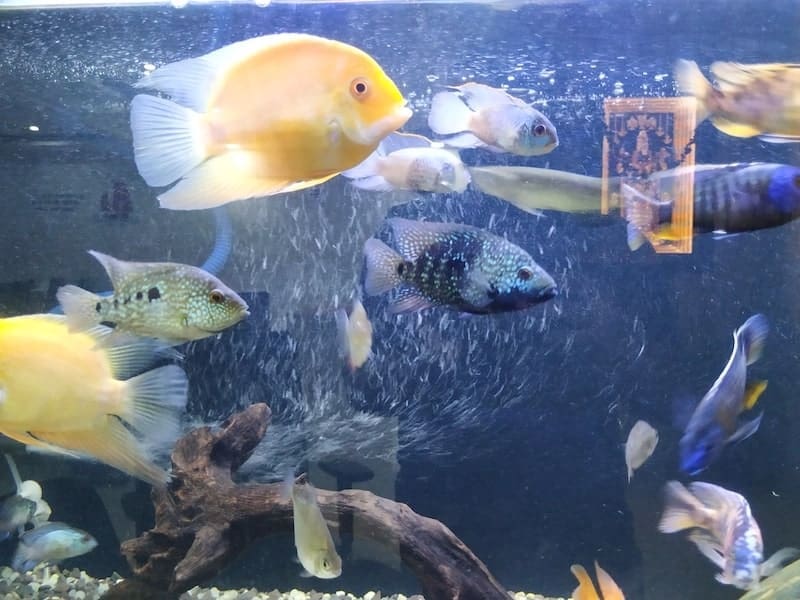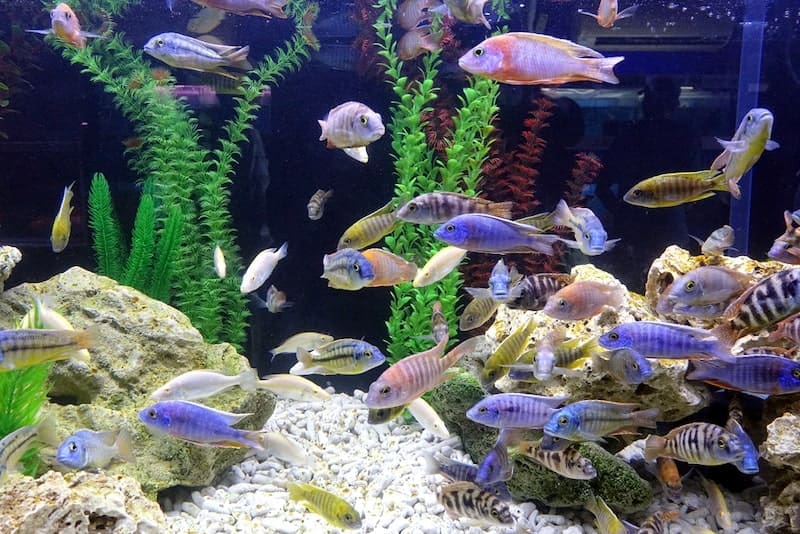Are you considering taking the plunge into the mesmerizing world of aquarium keeping? Wherever you are in your aquatic odyssey, preparing for the harmonious cohabitation of aquatic life is no small feat. The key to ensuring a successful and enjoyable time as a fish owner lies in the foundational understanding of marine ecosystems and the art of balanced tank management. From setting up your tank to maintaining its delicate equilibrium, every step is crucial. This guide aims to demystify the process and help you create thriving tanks where your fish can flourish.
The Zen of Tank Set-Up
The location of your tank can significantly influence its equilibrium. Select a spot away from direct sunlight to prevent excessive algae growth and maintain consistent temperature. Ensure the tank is placed on a level surface that can bear its weight and provides easy access for maintenance.
The first decision you will make is the size of your tank. Contrary to common belief, bigger tanks are easier to maintain due to their stability in water parameters. They also offer more swimming space and dilute changes in water chemistry.
Choosing the right type of filter is another critical step in setting up your aquarium. Filters play a vital role in maintaining the cleanliness and health of your tank’s ecosystem by removing waste and promoting the circulation of water.
There are several types of filters available, each suited to different sizes and types of tanks. Researching and selecting a filter that fits your specific needs will ensure your aquatic environment remains healthy and vibrant for its inhabitants. Additionally, incorporating live plants into your setup can enhance the natural beauty of your aquarium while providing essential oxygen and additional filtration to support a balanced ecosystem.
Finding the Right Flora and Fauna
Each fish species has specific requirements. Compatibility in terms of size, feeding habits, and behavior is essential. Research is your best tool—catalogs, blogs, and forums can guide you in choosing the right inhabitants.
Live plants contribute to the ecosystem of your tank by producing oxygen, absorbing carbon dioxide, and providing shelter and food. Choose hardy species for a beginner’s tank and research their lighting and nutrient needs.
Deciding between setting up a freshwater or a saltwater tank is a monumental decision, with saltwater being more complex and costly but offering a broader range of species.
Water Quality and Chemistry
Maintaining pristine water quality is paramount in your aquarium’s ecosystem. Regular testing of pH, ammonia, nitrite, and nitrate levels is essential for the health of your aquatic residents. Most freshwater fish thrive in a pH range of 6.5 to 7.5, while saltwater species require a more alkaline environment. For instance, modified freshwater species, like glofish, prefer a pH range between 7.0 and 7.5. Weekly water changes of 10-20% of your tank’s volume can drastically improve water quality, removing waste products and replenishing essential minerals. Additionally, investing in a good quality water conditioner to neutralize chlorine, chloramines, and heavy metals present in tap water is vital for creating a safe environment for your tank inhabitants.
Remember, consistency is key. Establishing a routine for testing and maintenance will keep your aquatic ecosystem thriving tank and prevent potential problems before they arise.
The Daily Routine
A successful aquarium is not just about the weekly water changes and monitoring of water chemistry. Daily care is equally important to ensure the well-being of your aquatic friends. Start by feeding your fish the correct amount of food; overfeeding can lead to water pollution and underfeeding can weaken your fish. Observing your fish during feeding times also offers a chance to check on their health and behavior. Regularly checking the equipment, such as filters and lights, ensures everything is running smoothly, preventing any unwelcome surprises. Lastly, taking a moment each day to simply watch and enjoy your underwater world can be incredibly rewarding, offering insights into the fascinating behaviors of your aquatic inhabitants and ensuring that your connection to your aquatic environment continues to grow.
Lifespan of the Thriving Tank
The lifespan of an aquarium is largely influenced by the commitment to routine care and the initial setup’s quality. Well-established tanks can run for years, becoming stable ecosystems that support life with minimal human intervention.
Regular updates to equipment, careful monitoring of water quality, and responding to the needs of the thriving tank’s inhabitants can extend an aquarium’s life significantly. Remember, a successful aquarium is a long-term commitment that offers endless opportunities for learning and enjoyment.

Venturing into the world of aquarium keeping is a rewarding experience that combines art, science, and a touch of nature’s magic. By carefully preparing your thriving tank, selecting the right mix of flora and fauna, and committing to a consistent care routine, you create not just an aquarium but a thriving tank aquatic ecosystem. This guide has walked you through the essential steps to get started, from understanding the basics of tank setup to maintaining the delicate balance necessary for your aquatic life to flourish. Remember, patience and perseverance are key. Each aquarium is unique and comes with its own set of challenges and triumphs.


